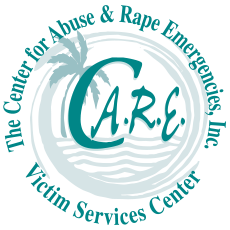Elder Abuse
Elder abuse includes physical abuse, emotional abuse, sexual abuse, exploitation, neglect, and abandonment. Perpetrators include children, other family members, and spouses—as well as staff at nursing homes, assisted living, and other facilities.


Types of Elder Abuse
- Physical abuse means inflicting physical pain or injury upon an older adult.
- Sexual abusemeans touching, fondling, intercourse, or any other sexual activity with an older adult, when the older adult is unable to understand, unwilling to consent, threatened, or physically forced.
Emotional abuse means verbal assaults, threats of abuse, harassment, or intimidation. - Confinement means restraining or isolating an older adult, other than for medical reasons.
- Passive neglect is a caregiver’s failure to provide an older adult with life’s necessities, including, but not limited to, food, clothing, shelter, or medical care.
- Willful deprivation means denying an older adult medication, medical care, shelter, food, a therapeutic device, or other physical assistance, and exposing that person to the risk of physical, mental, or emotional harm—except when the older, competent adult has expressed a desire to go without such care.
- Financial exploitation means the misuse or withholding of an older adult’s resources by another.
- Physical abuse, neglect, or mistreatment: Bruises, pressure marks, broken bones, abrasions, burns
- Emotional abuse: Unexplained withdrawal from normal activities, a sudden change in alertness, or unusual depression; strained or tense relationships; frequent arguments between the caregiver and older adult
- Financial abuse: Sudden changes in financial situations
- Neglect: Bedsores, unattended medical needs, poor hygiene, unusual weight loss
- Verbal or emotional abuse: Belittling, threats, or other uses of power and control by individuals
Commonly Asked Questions
How many older Americans are abused?
Approximately 1 in 10 Americans aged 60+ have experienced some form of elder abuse. Some estimates range as high as 5 million elders who are abused each year. One study estimated that only 1 in 14 cases of abuse are reported to authorities.
Who are the abusers of older adults?
Abusers are both women and men. In almost 60% of elder abuse and neglect incidents, the perpetrator is a family member. Two thirds of perpetrators are adult children or spouses.
What makes an older adult vulnerable to abuse?
Social isolation and mental impairment (such as dementia or Alzheimer’s disease ) are two factors. Recent studies show that nearly half of those with dementia experienced abuse or neglect. Interpersonal violence also occurs at disproportionately higher rates among adults with disabilities.
